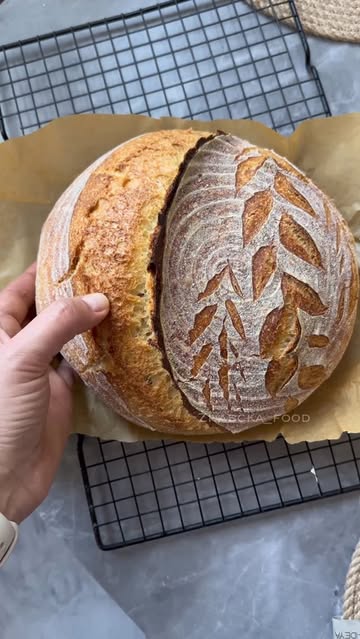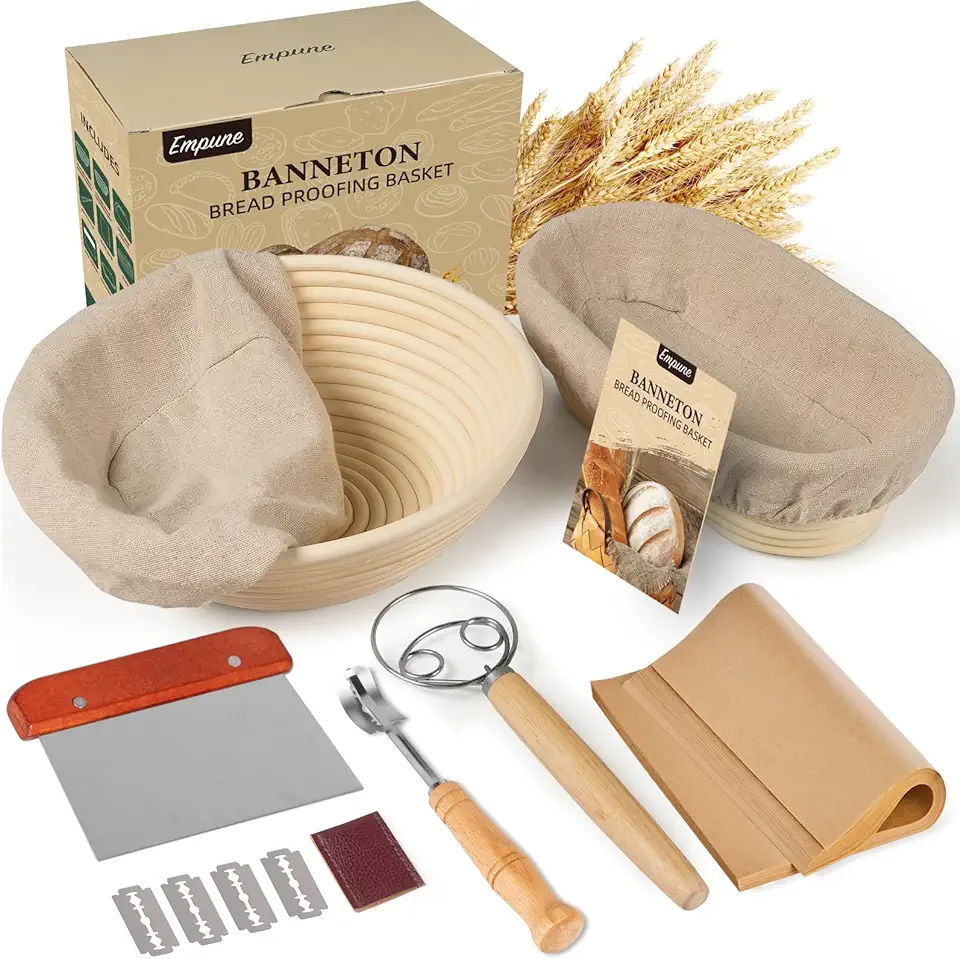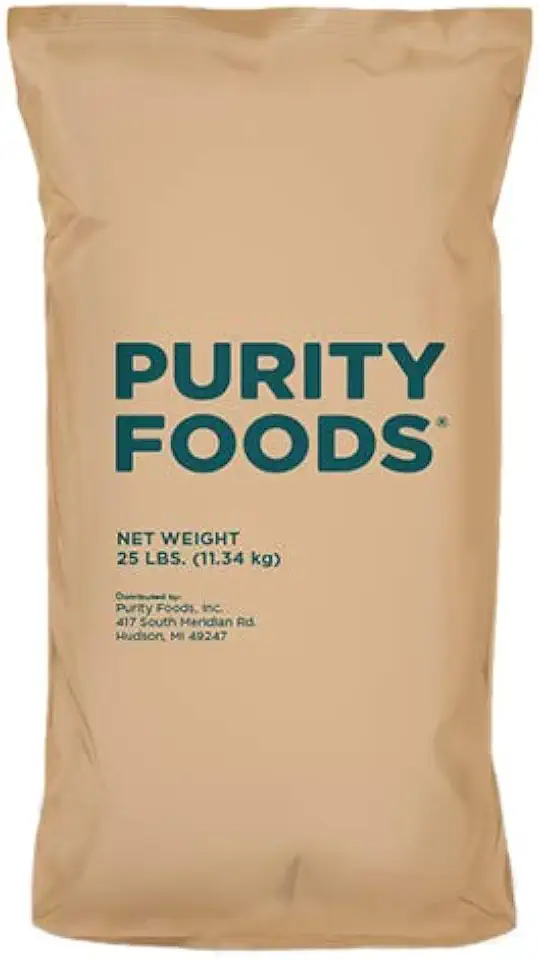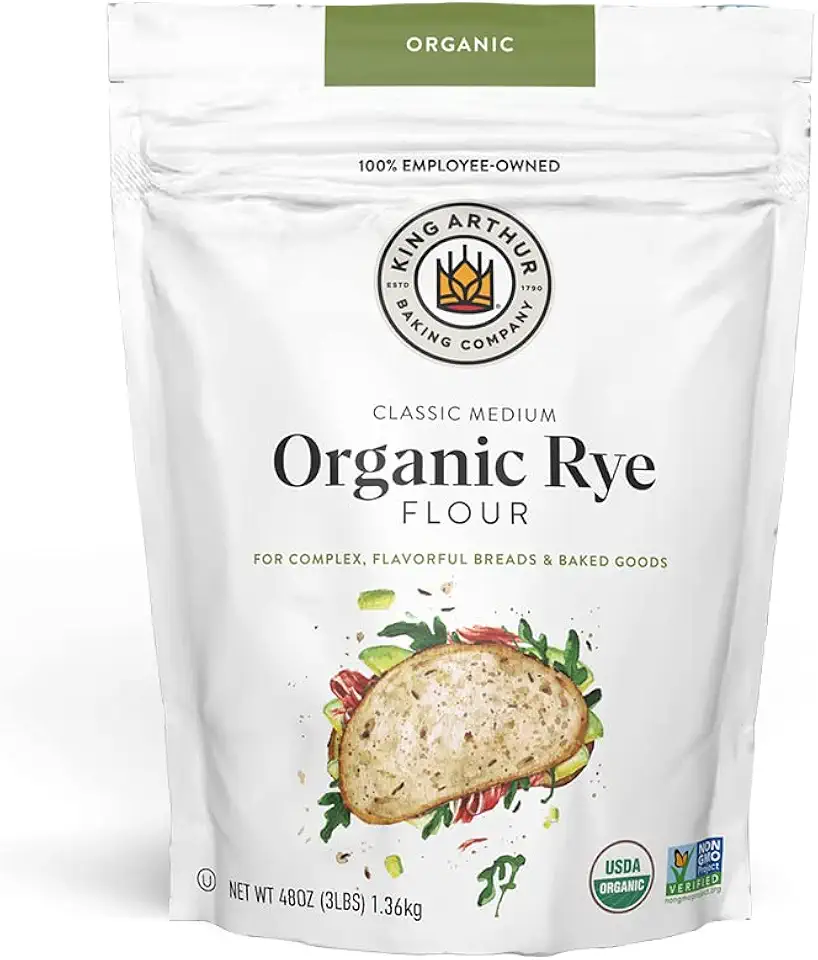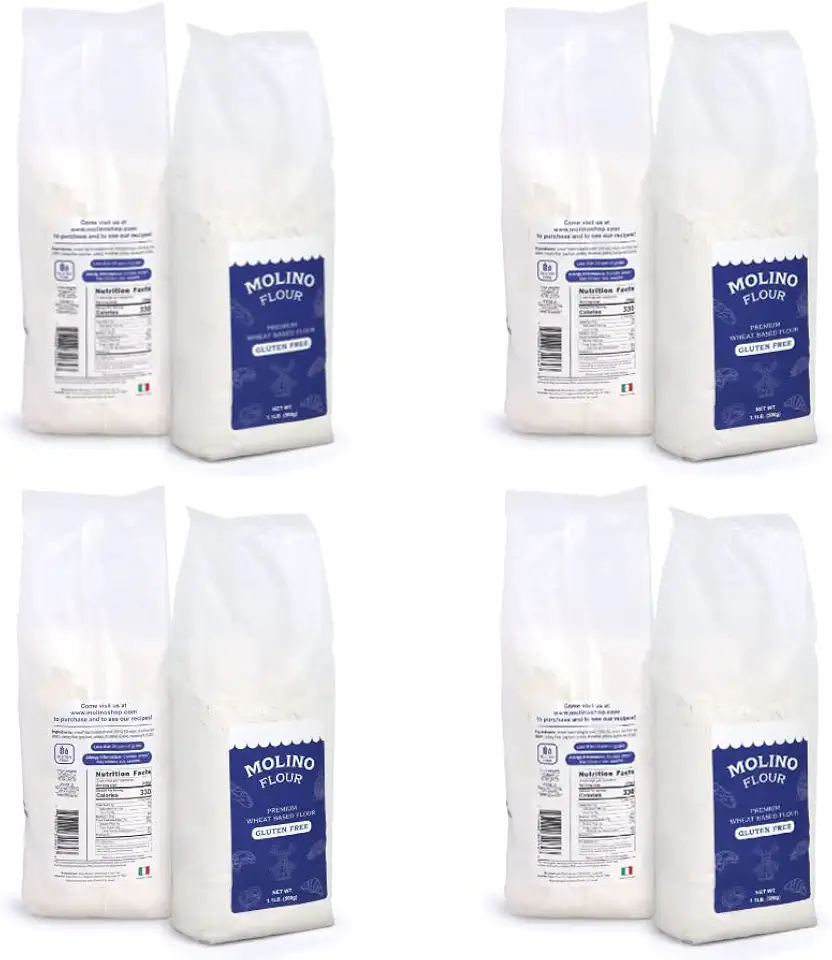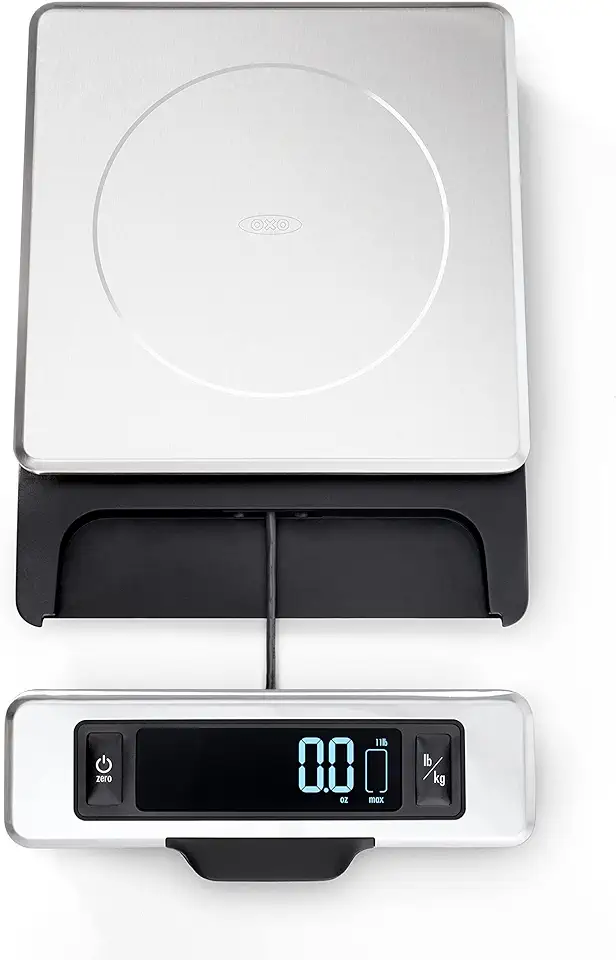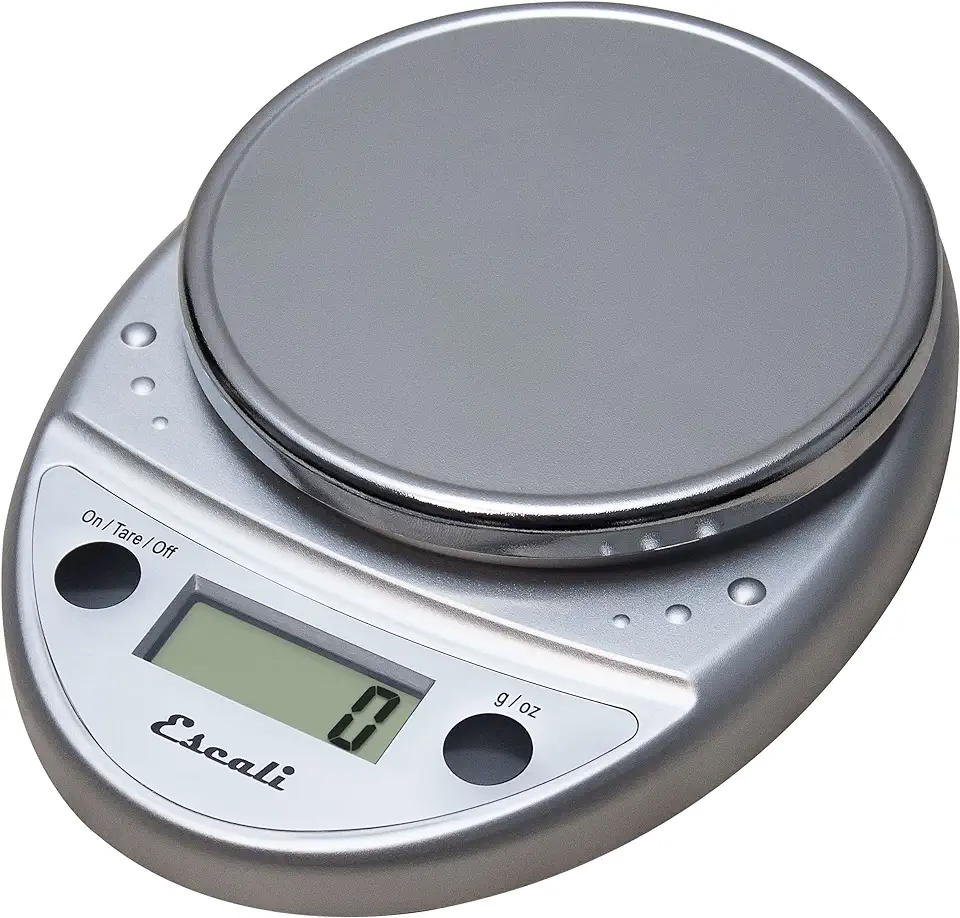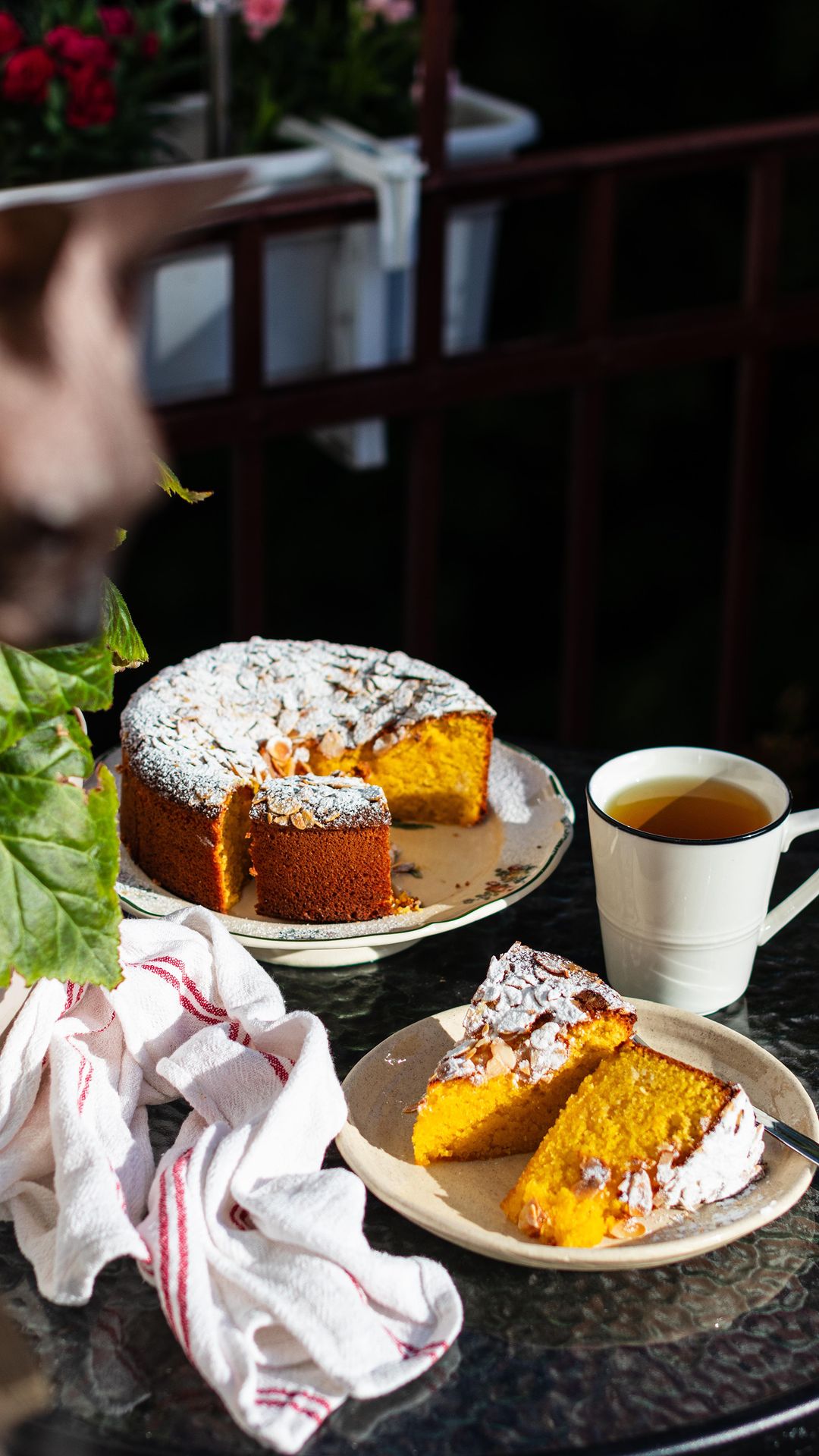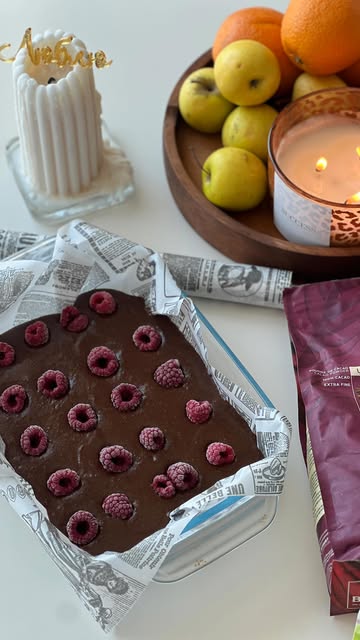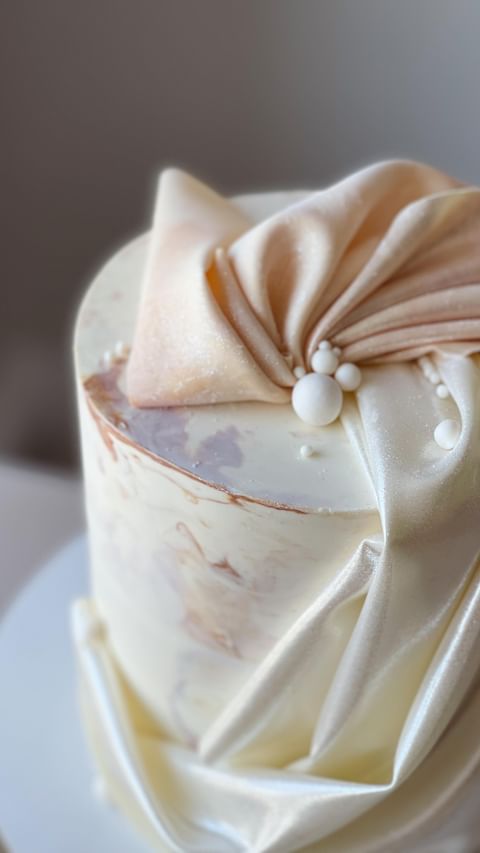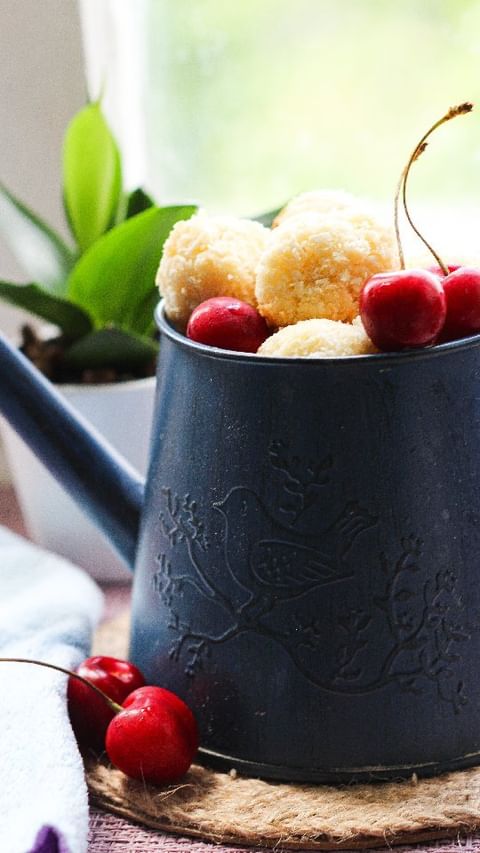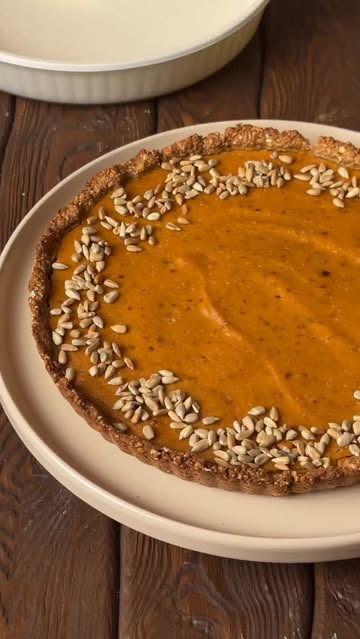Ingredients
Liquid Ingredients
Dry Ingredients
Instructions
Step 1
In a large mixing bowl, combine the cold filtered water and sourdough starter. Stir well until the starter is completely dissolved in the water.
Next, add the whole grain flour and wheat flour. Use a wooden spoon or your hands to mix until all the flour is incorporated, and the mixture is somewhat shaggy.
Finally, sprinkle the salt over the dough, folding it into the mixture until evenly distributed. If necessary, use a bit more water to achieve a sticky yet workable consistency.
Step 2
Once the dough is mixed, turn it out onto a lightly floured surface. Knead the dough for about 8-10 minutes until it becomes smooth and elastic.
Form the kneaded dough into a ball and place it back into the bowl. Cover with a damp cloth and allow it to rest for about 4 hours at room temperature, performing stretch and folds every hour to strengthen the dough.
Step 3
After the initial fermentation, gently shape the dough into a round loaf by folding the edges towards the center. Turn it seam-side down and place it into a well-floured proofing basket or bowl.
Cover the shaped dough with a cloth and let it rise for another 2-3 hours, or until it has doubled in size. You can also refrigerate it overnight for a more sour flavor.
Step 4
Preheat your oven to 230 degrees Celsius (450 degrees Fahrenheit) with a Dutch oven inside for at least 30 minutes.
Carefully remove the hot Dutch oven and place the dough inside. Cover with the lid and bake for 30 minutes.
After that, remove the lid and continue baking for an additional 15-20 minutes until the crust is deeply golden brown and the internal temperature reaches around 95 degrees Celsius (203 degrees Fahrenheit).
Step 5
Once baked, carefully transfer the loaf to a wire rack to cool completely before slicing. This will help the bread finish cooking and improve texture.
Enjoy your homemade sourdough bread with your favorite spreads or as a side with meals!
Servings
Imagine pulling a fresh loaf of sourdough from your oven, its crust golden and crisp, the aroma wafting through your kitchen. To truly savor your creation, consider serving your homemade sourdough with:
- Buttery Spreads 🧈 - A simple spread of butter can elevate each slice, bringing out the warmth of the bread.
- Artisan Cheeses 🧀 - Pair with a selection of cheese for a delightful tasting experience. Think aged cheddar or creamy brie for a gourmet treat!
- Seasonal Veggies 🥒 - A topping of sliced avocado or roasted tomatoes makes for a deliciously fresh brunch option.
Get creative and enjoy! Your sourdough can be the star of a picnic or an elegant cheese board. Pair it with a lovely salad or a hearty soup for a comforting meal!
Equipment
A sturdy mixing bowl is essential for combining your ingredients. Opt for a glass or ceramic bowl to avoid any unwanted chemical reactions.
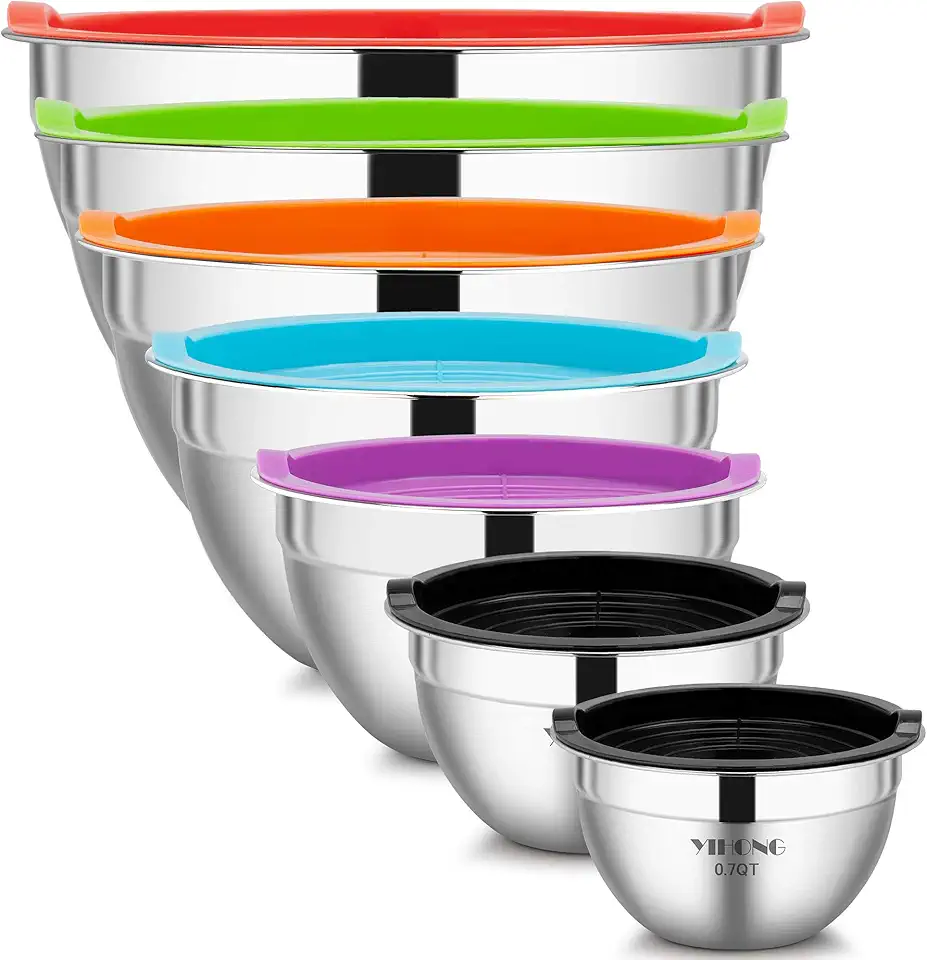 YIHONG 7 Piece Mixing Bowls with Lids for Kitchen, Stainless Steel Mixing Bowls Set Ideal for Baking, Prepping, Cooking and Serving Food, Nesting Metal Mixing Bowls for Space Saving Storage
$27.99
$35.99
View details
Prime
best seller
YIHONG 7 Piece Mixing Bowls with Lids for Kitchen, Stainless Steel Mixing Bowls Set Ideal for Baking, Prepping, Cooking and Serving Food, Nesting Metal Mixing Bowls for Space Saving Storage
$27.99
$35.99
View details
Prime
best seller
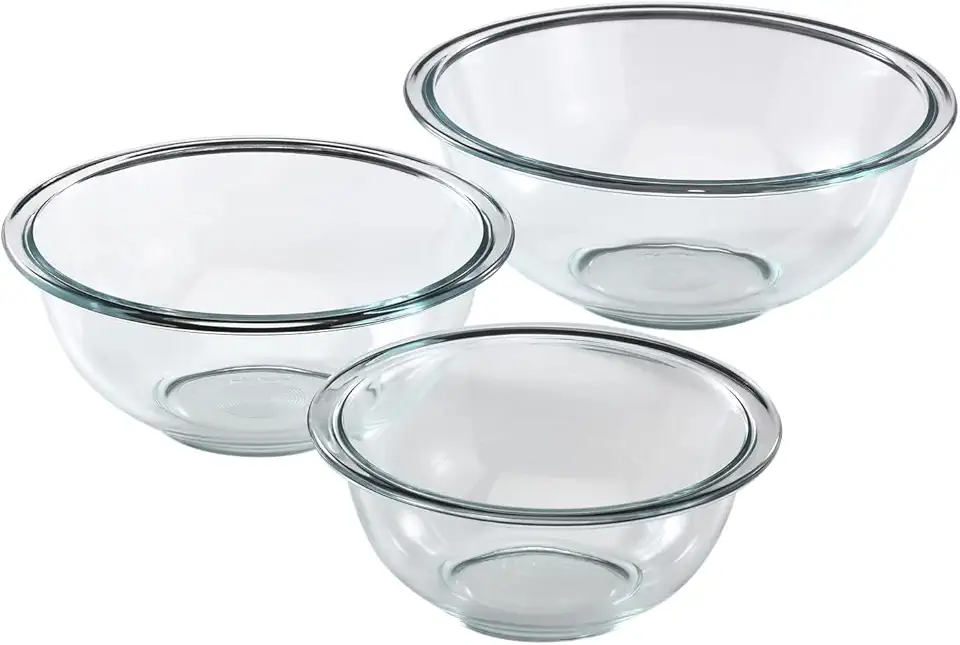 Pyrex Glass, 3-Piece, 3 PC Mixing Bowl Set
$17.53
View details
Prime
Pyrex Glass, 3-Piece, 3 PC Mixing Bowl Set
$17.53
View details
Prime
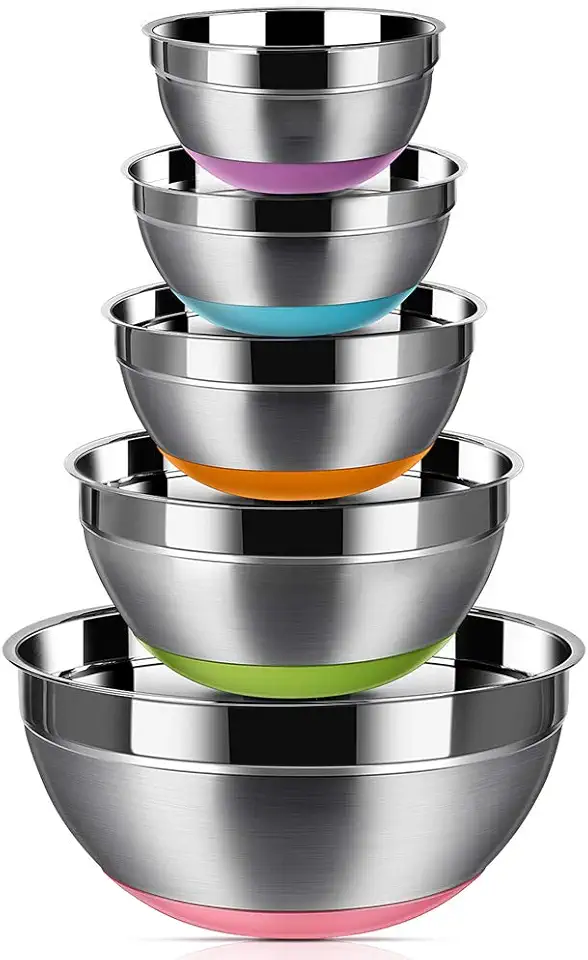 REGILLER Stainless Steel Mixing Bowls (Set of 5), Non Slip Colorful Silicone Bottom Nesting Storage Bowls, Polished Mirror Finish For Healthy Meal Mixing and Prepping 1.5-2 - 2.5-3.5 - 7QT (Colorful)
$26.99
View details
REGILLER Stainless Steel Mixing Bowls (Set of 5), Non Slip Colorful Silicone Bottom Nesting Storage Bowls, Polished Mirror Finish For Healthy Meal Mixing and Prepping 1.5-2 - 2.5-3.5 - 7QT (Colorful)
$26.99
View details
This handy tool will help you manage your dough easily, keeping your work surface clean and allowing for effortless folding.
A proofing basket, or banneton, is perfect for giving your dough shape as it rises. It also helps with maintaining the right moisture.
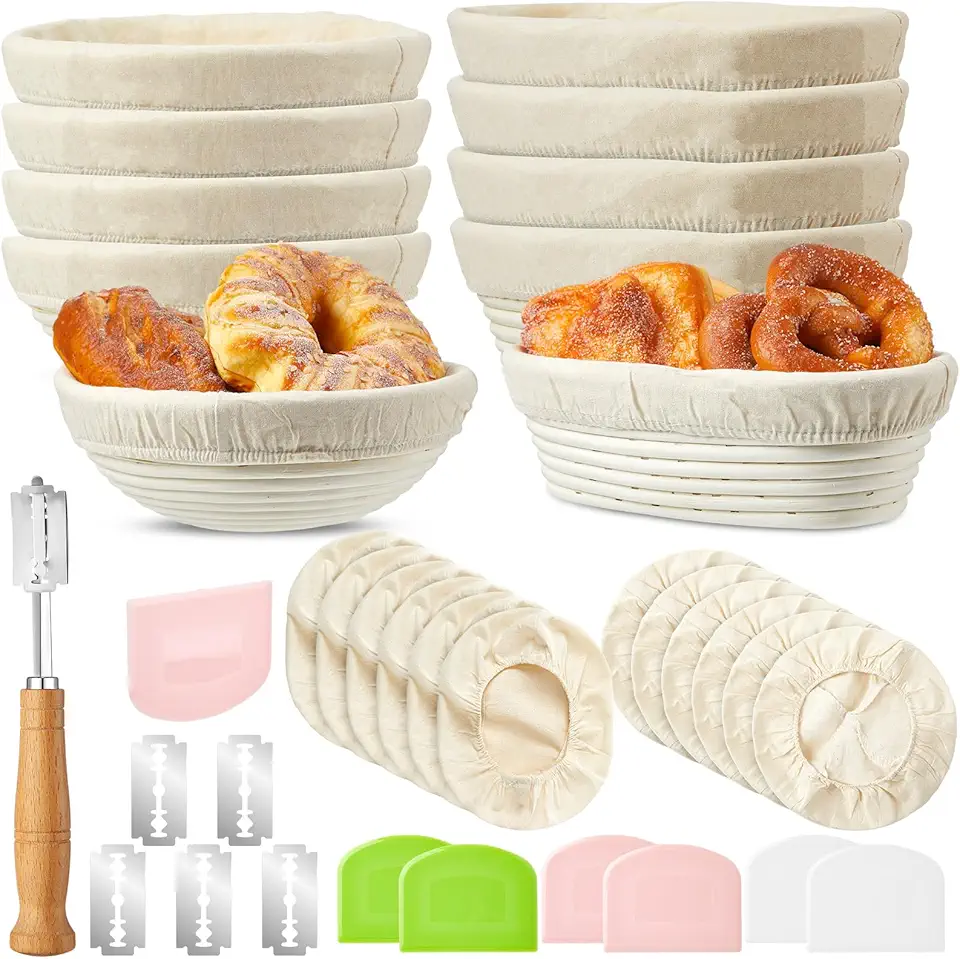 Banneton Bread Proofing Baskets Set of 8 Pcs Proofing Basket,16 Pcs Liners, Dough Scoring Knife with 5 Blades and Protector Cover, 6 Plastic Dough Cutters for Home Bread Baking
$68.99
View details
Prime
Banneton Bread Proofing Baskets Set of 8 Pcs Proofing Basket,16 Pcs Liners, Dough Scoring Knife with 5 Blades and Protector Cover, 6 Plastic Dough Cutters for Home Bread Baking
$68.99
View details
Prime
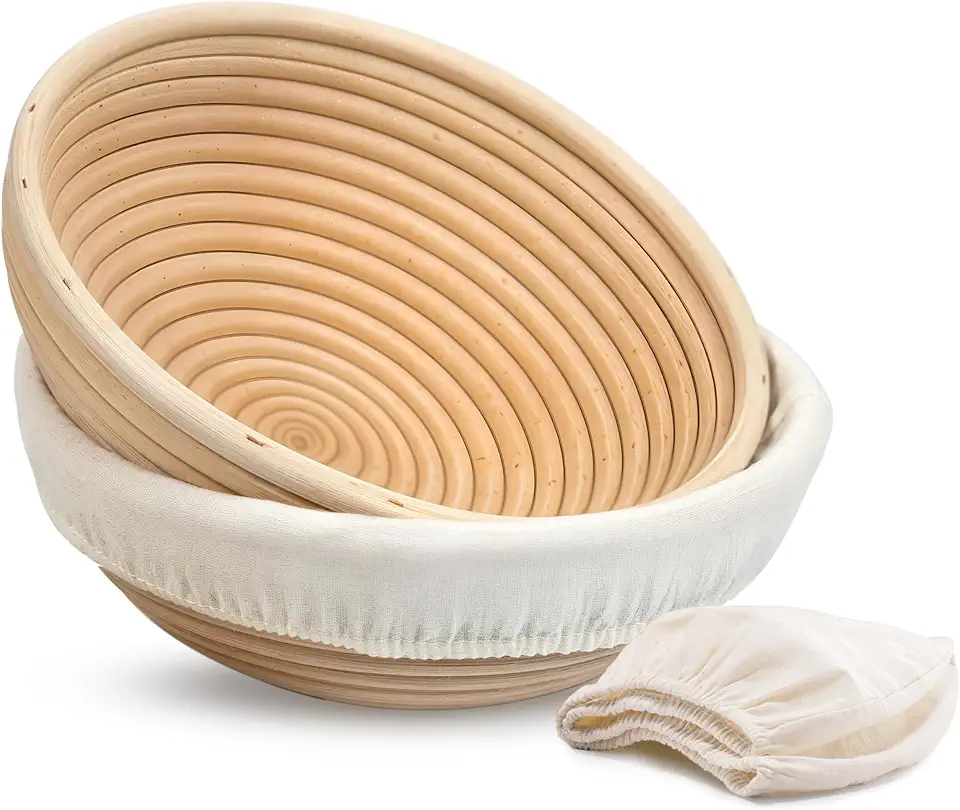 Banneton Bread Proofing Basket, Kook, Sourdough Proofing Bread Basket, Bread Banneton Proofing, Artisan Sourdough Making Baskets, 9 Inch Rattan Baskets and Cloth Liners, Set of 2, Round
$24.95
$29.95
View details
Banneton Bread Proofing Basket, Kook, Sourdough Proofing Bread Basket, Bread Banneton Proofing, Artisan Sourdough Making Baskets, 9 Inch Rattan Baskets and Cloth Liners, Set of 2, Round
$24.95
$29.95
View details
For that perfect crust, a hot surface is key! Using a baking stone or a Dutch oven will trap steam and help your bread rise beautifully.
Precision is crucial in baking. A kitchen scale ensures you use the exact amount of flour and water needed for perfect results!
Variations
Been searching for gluten-free or vegan options? You're in luck!
- Gluten-Free Variation 🌾 - Substitute regular flour with a gluten-free flour blend. Ensure your sourdough starter is gluten-free as well. This way, you can enjoy your healthy loaf without worries!
- Vegan Variation 🌱 - This recipe is naturally vegan! Just make sure to check that your sourdough starter is free from any animal products. You can enjoy your bread with plant-based spreads or dips!
Faq
- What is a sourdough starter?
A sourdough starter is a mixture of flour and water that ferments over time, capturing wild yeast and beneficial bacteria. It’s the key to making sourdough bread rise without commercial yeast.
- How do I know when my dough is ready to bake?
Your dough should have doubled in size and feel airy and light to the touch. A well-risen dough will also have bubbles forming in it, indicating it's ready for the oven!
- What’s the best way to store sourdough bread?
To keep your sourdough fresh, store it in a paper bag at room temperature. If you want to keep it for longer, slice it and store it in the freezer.
- Why is my sourdough bread too dense?
A dense loaf can happen if your starter isn't active or if your dough wasn't kneaded or proofed long enough. Always make sure your starter is bubbly and strong.
- Can I use all-purpose flour instead of whole wheat?
Yes, while whole wheat flour adds a nice flavor, you can substitute it with all-purpose flour. Just be sure to adjust the water content as needed.
- How can I create a more sour flavor in my sourdough?
To achieve a tangier sourdough, allow your dough to ferment longer during the proofing stage. You can also try using a starter that's been sitting out longer before baking.

